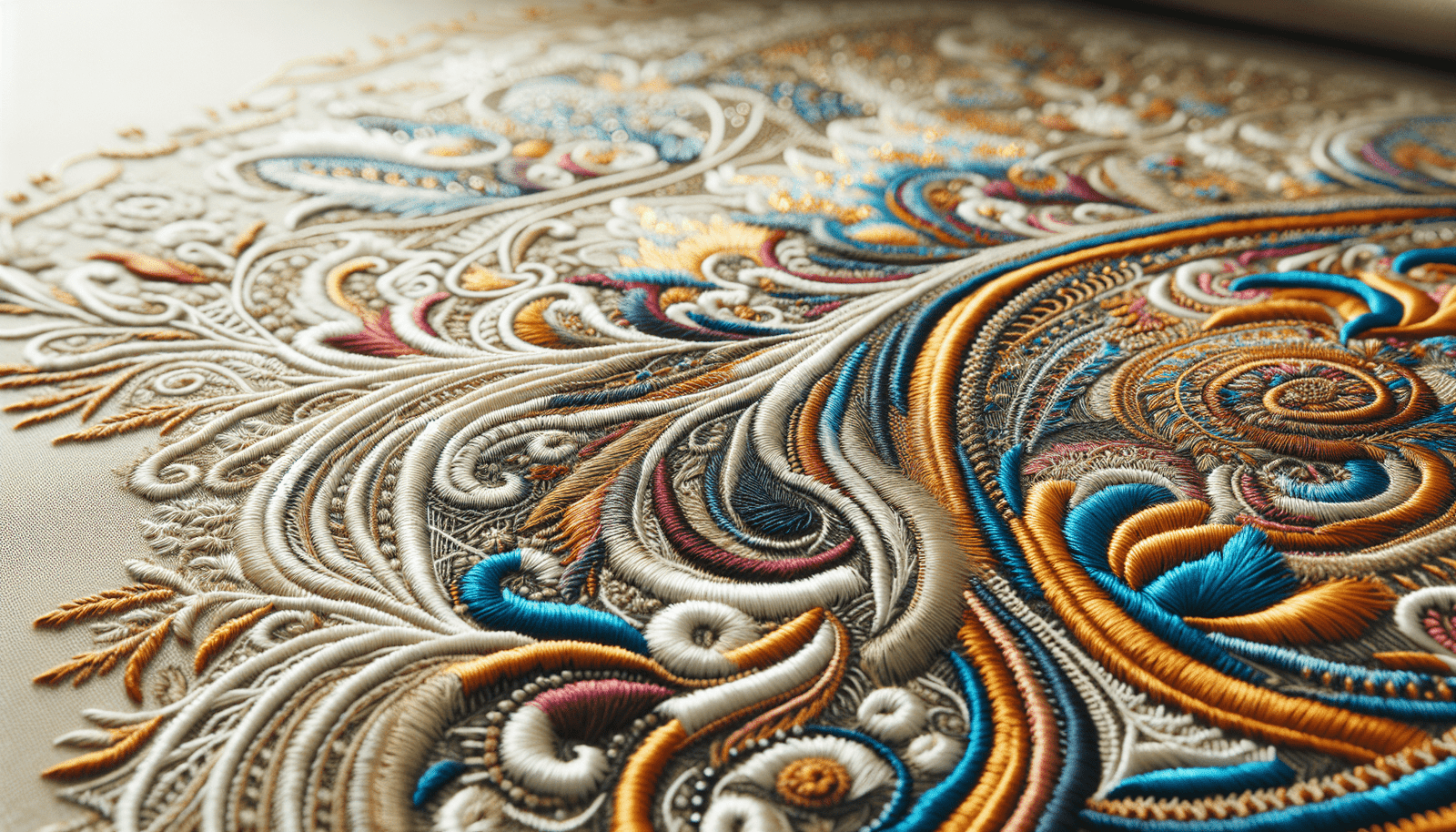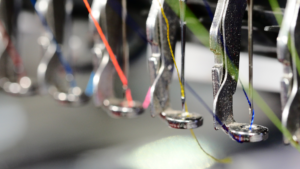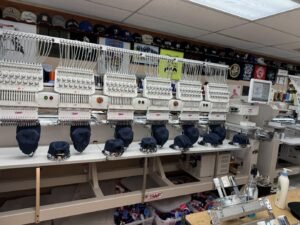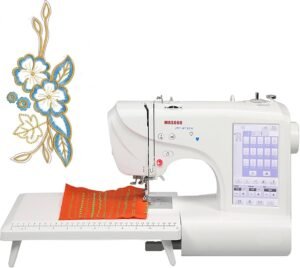The Science Behind Perfect Stitching: What Makes Quality Embroidery Stand Out
Have you ever wondered what sets exquisite embroidery apart from casually stitched designs? It’s more than just the colors and patterns that catch your eye; it’s about precision, technology, and understanding the materials. In this article, “The Science Behind Perfect Stitching: What Makes Quality Embroidery Stand Out,” we’ll unravel the intricate factors that contribute to top-notch embroidery.
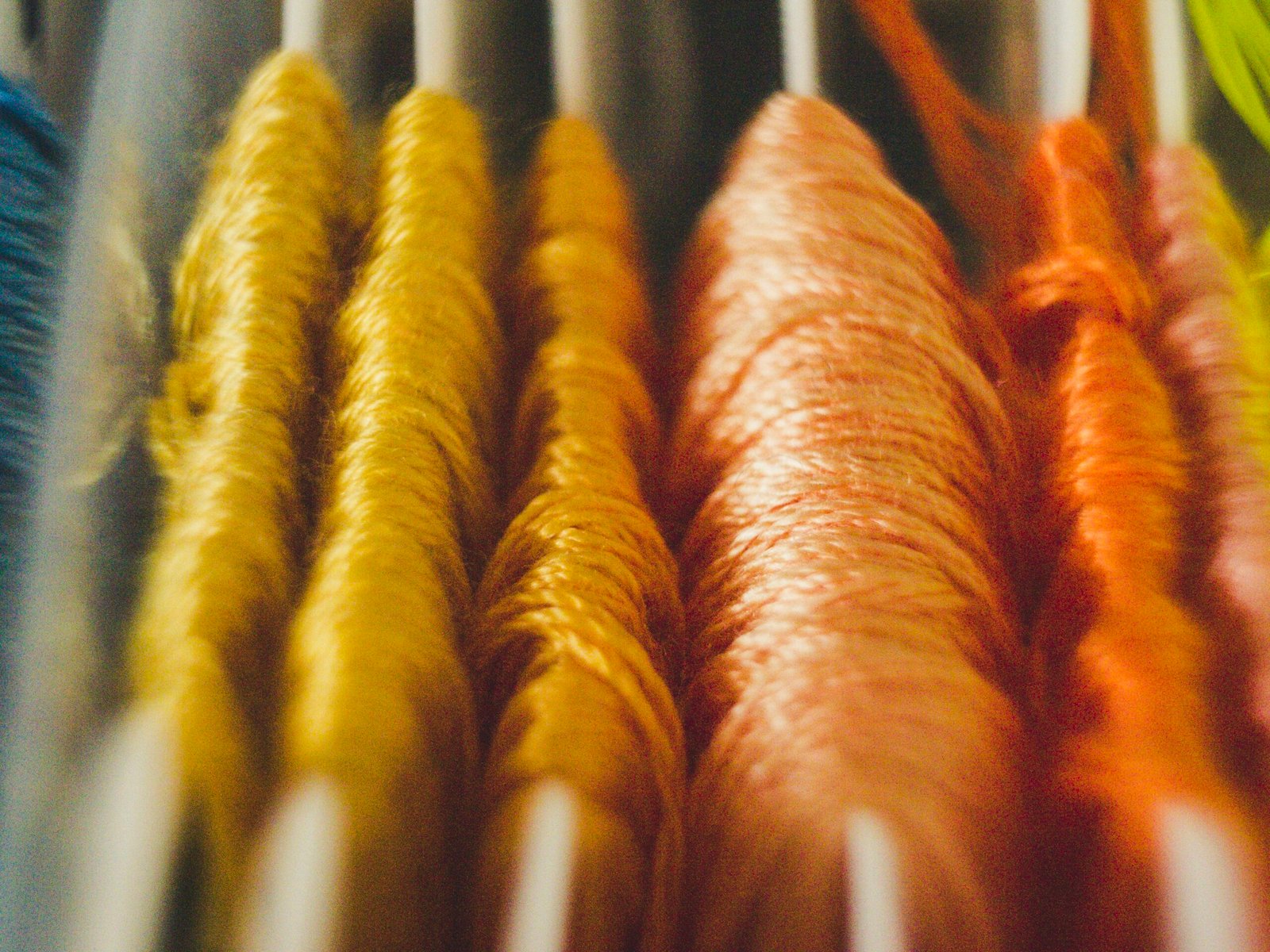
This image is property of images.unsplash.com.
Understanding Embroidery Basics
Before getting into the nitty-gritty details, it’s essential to grasp the fundamentals of embroidery. Embroidery is an art that involves decorating fabric or other materials using a needle to apply thread or yarn. It’s a practice that dates back centuries and continues to evolve with advancements in technology.
Types of Embroidery
There are various types of embroidery, each offering a unique look and feel. Knowing the differences can help you appreciate the intricacies involved in each style.
| Type | Description |
|---|---|
| Hand Embroidery | This traditional method involves stitching by hand, offering a personal touch. |
| Machine Embroidery | Uses computerized machines to create precise and repetitive designs. |
| Appliqué | Involves sewing pieces of fabric onto a larger piece to create patterns. |
| 3D Puff Embroidery | Provides a three-dimensional look, often seen in caps and sportswear. |
Understanding these types can help you identify the techniques that go into creating quality embroidery.
The Role of Materials
Quality embroidery starts with high-grade materials. The fabric, threads, and stabilizers all play a pivotal role in the final product.
Fabric Selection
The type of fabric you choose can make or break your embroidery. While some fabrics are easy to work with, others may require special techniques to achieve flawless results. Common fabrics used in embroidery include:
- Cotton: Versatile and easy to stitch
- Silk: Luxurious but challenging
- Linen: Durable and classic
- Polyester: Durable and less expensive
Thread Quality
Not all threads are created equal. Using poor-quality thread can result in fraying, fading, or even breaking during the stitching process. High-quality threads are generally smoother, more durable, and resistant to fading.
Stabilizers
A stabilizer supports the fabric during the stitching process, preventing puckering and ensuring that your design remains intact. Types of stabilizers include cut-away, tear-away, and wash-away, each serving different purposes based on the fabric and design.
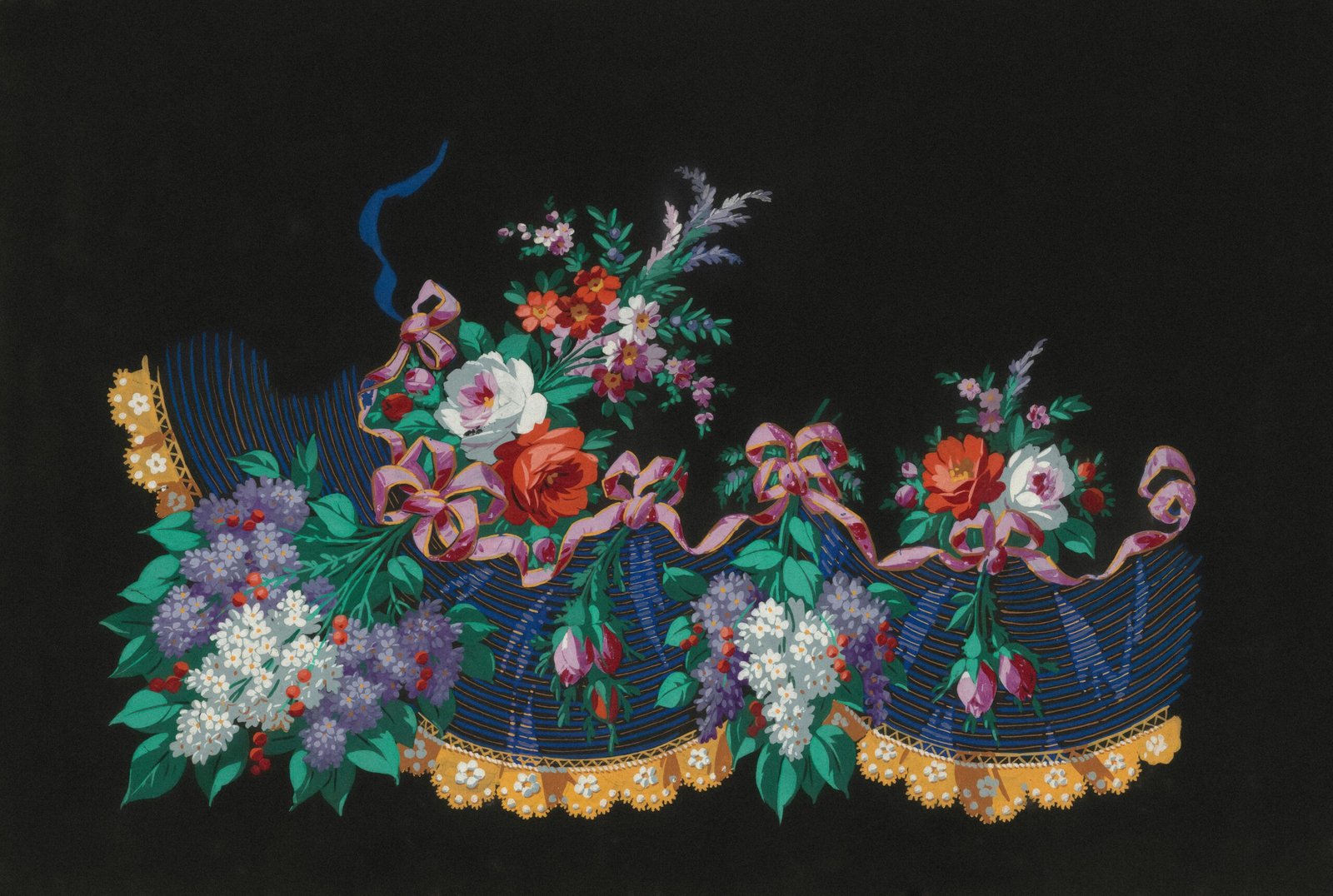
This image is property of images.unsplash.com.
The Science of Needles
You might not think much about the needle you use, but it’s a critical tool in achieving perfect stitching.
Needle Types
Different needles serve different purposes, and choosing the right one is crucial.
| Needle Type | Best Used For |
|---|---|
| Sharp | Cotton, linen, densely woven fabrics |
| Ballpoint | Knits, stretch fabrics |
| Embroidery Needles | Designed specifically for embroidery threads |
| Tapestry Needles | For working with thick yarn in counted threadwork |
Needle Size
Needles come in various sizes, denoted by numbers. The general rule is the higher the number, the finer the needle.
| Needle Size | Recommended Use |
|---|---|
| 60/8 | Lightweight fabrics like silk |
| 75/11 | Medium-weight fabrics like cotton |
| 90/14 | Heavy fabrics like denim |
Choosing the right needle can significantly impact the quality of your embroidery, ensuring smooth, consistent stitches.
The Importance of Tension
Proper tension is vital to achieving high-quality embroidery. The tension refers to how tight or loose the thread is as it’s stitched into the fabric.
Types of Tension
There are two main types of tension to consider:
- Upper Thread Tension: This affects the top thread of your embroidery.
- bobbin Tension: This affects the lower thread.
Both need to be balanced to prevent issues like looped stitches or thread breaks.
Finding the Right Balance
Achieving optimal tension can be a trial-and-error process. Even slight variations in tension can lead to different results, so it’s crucial to test your settings on a scrap piece of fabric before starting your main project.

This image is property of images.unsplash.com.
Machine Settings and Technology
Modern embroidery machines have revolutionized the way we create embroidered designs. Understanding these technologies can help you utilize them to their fullest potential.
Stitch Types
Embroidery machines offer various stitch types, each serving a different purpose.
| Stitch Type | Description |
|---|---|
| Satin Stitch | For smooth, continuous lines |
| Fill Stitch | Covers larger areas with dense stitching |
| Running Stitch | Basic stitch for outlines |
| French Knots | For adding small, raised dots |
Digitizing Software
Digitizing software converts your design into a format that an embroidery machine can read. This software allows for precise control over stitch placement, density, and direction.
Automation and Precision
Modern embroidery machines come with features like automatic thread cutting, color changes, and even error detection. These technologies not only save time but also ensure that your designs are executed flawlessly.
Techniques for High-Quality Embroidery
Even with the best materials and machines, the technique still plays a significant role in achieving perfect stitching.
Hooping Techniques
Proper hooping ensures that your fabric remains taut while stitching, preventing issues like puckering.
- Choose the Right Hoop Size: Match the hoop to the size of your design to maintain tension.
- Avoid Over-tightening: While it’s important to keep the fabric taut, over-tightening can distort the fabric.
Layering
Layering involves stitching multiple designs on top of each other. This technique adds depth and texture to your embroidery but requires careful planning and precise execution.
Trimming and Cleaning
The final steps in any embroidery project involve trimming excess thread and removing any stabilizers. These finishing touches can make a significant difference in the overall appearance of your design.
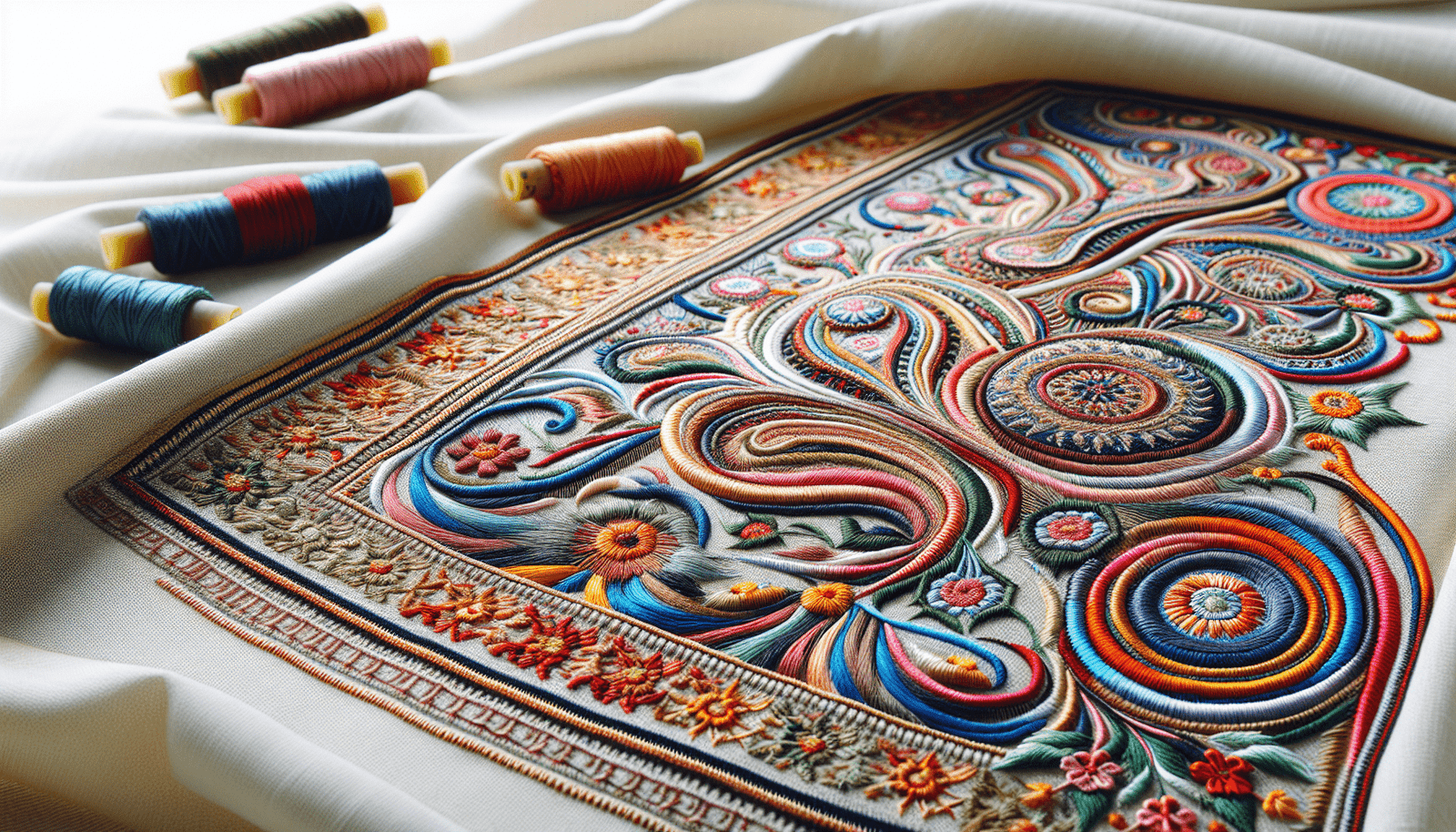
Troubleshooting Common Issues
No matter how experienced you are, you’re bound to encounter some issues along the way. Knowing how to troubleshoot common problems can make your embroidery journey much smoother.
Thread Breaks
Thread breaks can be frustrating, but they are often due to simple issues like poor-quality thread, incorrect tension, or a dull needle.
- Solution: Always use high-quality thread and ensure that your tension settings are appropriate for your project.
Puckering
Puckering occurs when the fabric gathers or wrinkles around the stitched area.
- Solution: Use a suitable stabilizer and avoid over-tightening the hoop.
Misaligned Designs
Misalignment can ruin the entire look of your design.
- Solution: Make sure your fabric is hooped correctly and double-check your machine settings before starting.
Final Thoughts
Achieving perfect stitching in embroidery involves a blend of quality materials, appropriate tools, and precise techniques. From understanding the types of embroidery and the role of materials to mastering tension and troubleshooting issues, there’s a science to creating stunning embroidered designs.
By paying attention to these details, you can elevate your embroidery projects from ordinary to extraordinary. Now that you know what makes quality embroidery stand out, you’re well on your way to creating masterpieces that you can be proud of.
